Yesterday we woke early to join Steven of Evia Adventure Tours for a hike around the Drakospita, or Dragon Houses. I purposefully did no research leading up to the walk because I wanted to be surprised with the stories and tales and knowledge. Had ancient people seen dragons flitting around in the sky or perhaps felt the sudden and short gust of wind blow through the trees when they took flight?
As we began driving the principal ring road Steven pointed towards the bubbling cumulus clouds: “see that there? That’s where we’re going, those rocks in the sky.” I was already nervous about the hike. Could I withstand it? My knee was trembling — still not fully recovered from the motorcycle accident in Thailand— but I had made up my mind. I would reach the summit, show myself I could do it, that I can still do whatever I want: despite obstacles which creep their way into my world.
We parked the car just 100 meters below and hiked the cliff to the first dragon house. At first glance it appears to be a goat mansion, evoking memories of the rustic, stone fishing shacks studded on Karalides Beach. “So, are the dragons asleep… or, have they left?” I joked.
Though I couldn’t find an absolute answer as to why these are called dragon houses, the current understanding seems to be that thousands of years ago the people who lived here called them “dragon houses” because only men like dragons could have constructed these symmetrical, convexed roof houses. Some believe they were temples to the goddess of woman and marriage Hera. Some theorize workers in the surrounding quarries built these as shelter. In fact, to this day one of the still intact dragon houses is still inhabited by a woman. The stark stone home is whitewashed with lime; a kerosene burner the size of a pineapple, and a single pot completes her kitchen.
We depart straight up the side of the mountain at the beginning of our four-hour hike, the clouds shift, gracefully providing sun cover and a break from the blazing heat. An hour later we enter into a shady grove, and Maddy and Steven took to photographing a small mushroom which reminded me of the straw mushrooms you’d find in a Thai coconut soup. Greece is home to hundreds of varieties of wild mushrooms, and there are even foraging tours on the island where a certified guide will show you which to eat. However, I’ll stick to buying mine from the market.
My favorite part of the hike was the Styra Acropolis where remnants of the old city capital perch on the ridge of the mountain like a Greek Stonehenge. From here the 360-degree views of the narrowest part of Evia are complete, you see from the Gulf of the Evia straights, past Mount Ochi, and along a long line of wind turbines to the Aegean sea. A cascade of goat droppings matched to their owners, whose bells and bleats rang out far in the distance. Looking down upon Styra, a traditional whitewashed village nestled into rolling green hills and tucked on a winding main road, this quaint scene is enough to compel anyone to make this journey. I tell Maddy we will come back here for a sunset dinner in the Spring when the weather is more forgiving, and the nights stay at bay a bit longer. Hiking down the other side of the ridge there’s plenty of loose rocks and brush to look out for, and I am grateful for the Nordic walking sticks Steven provided.
He’s got a surprise up his sleeve — we’re taken back to the town of Styra, population under 3,000, and the quaint tavern “TO STEKI TON DEIPNOSOFISTON” whose outdoor terrace overlooks the valley of Styra. The sun had already slipped into the sea in front and the dusky hue is paintbrush water spilled on the canvas of the sky. Five thin logs of this month’s olive branch clearing rest in the fireplace, slowly roasting themselves. The table is set for six with two wine glasses per person. The fire is crackling, and Mixalis is beating the drums to welcome to us. The sizeable olive press across the street lays in homage to the olives which are currently being harvested around the island, and as we arrive a sweet honey infused wine is poured into thimble-like glasses by Mixalis.
Within moments, Vaggelis the owner appeared at the top of the stairs as the clanging racket of the dumbwaiter alerted us. A firecracker of energy leaked into the room as he laughed merrily, a genial farmhand figure.
The horiatiki, Greek salad, was beautiful. Winter tomatoes from the back garden, red onions from the same patch, capers from the bush behind the restaurant, salt dried from the Aegean sea(!), with a thick coat of fresh and bright olive oil from the grove behind us. Fat green olives like fleshy gold mines dotted the bowl. The oregano dusted on top was from the hillside to the north of the house and the wine from Styra’s grapes. A house salad if I’d ever eaten one.
Maddy and I had eaten most of the salad, leaving a small lake of oregano flecked oil at the bottom of the bowl. Mixali told me to tear a piece of bread and dip it into the dressing of the bowl. Isn’t that what I have been striving for, soaking up every ounce, scraping the sides of the bowl of life?

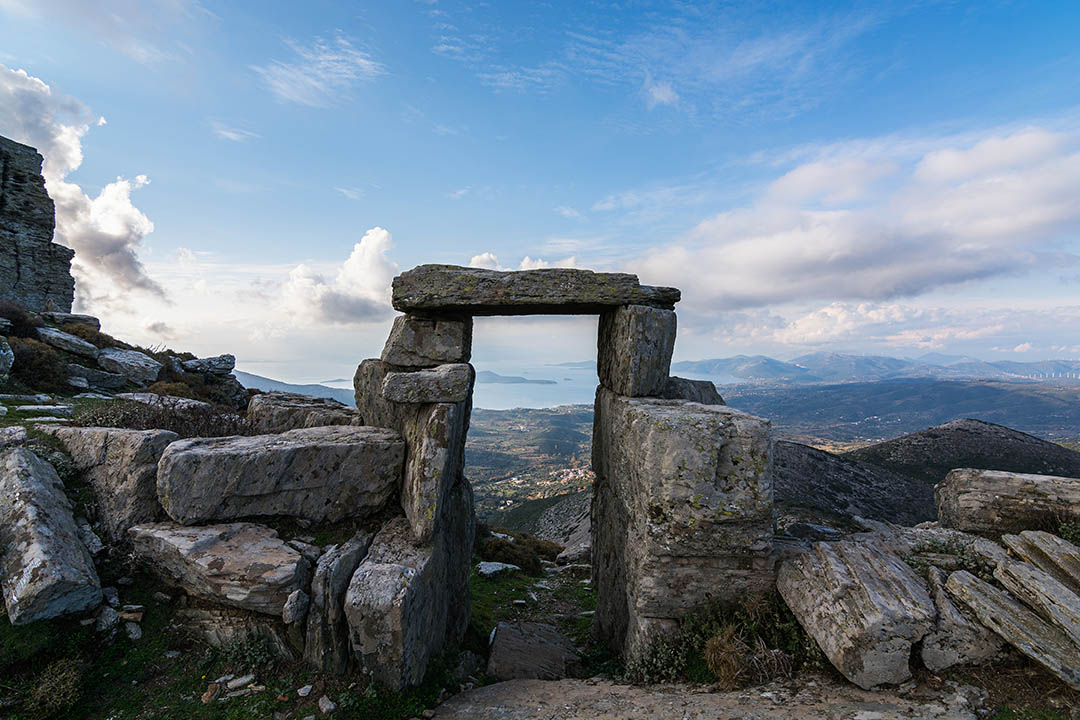
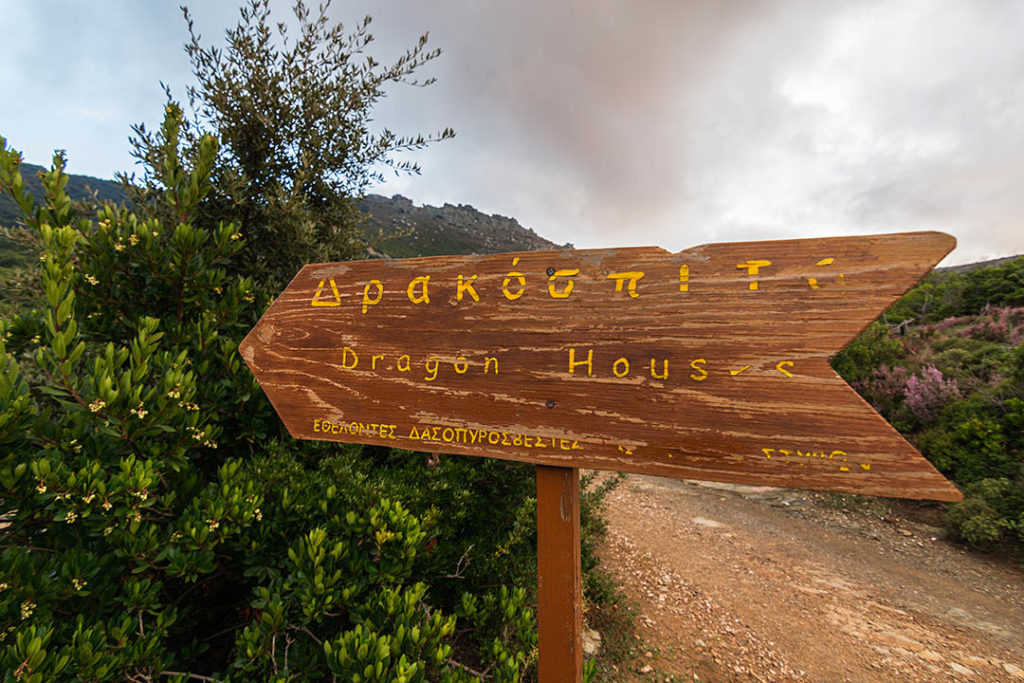
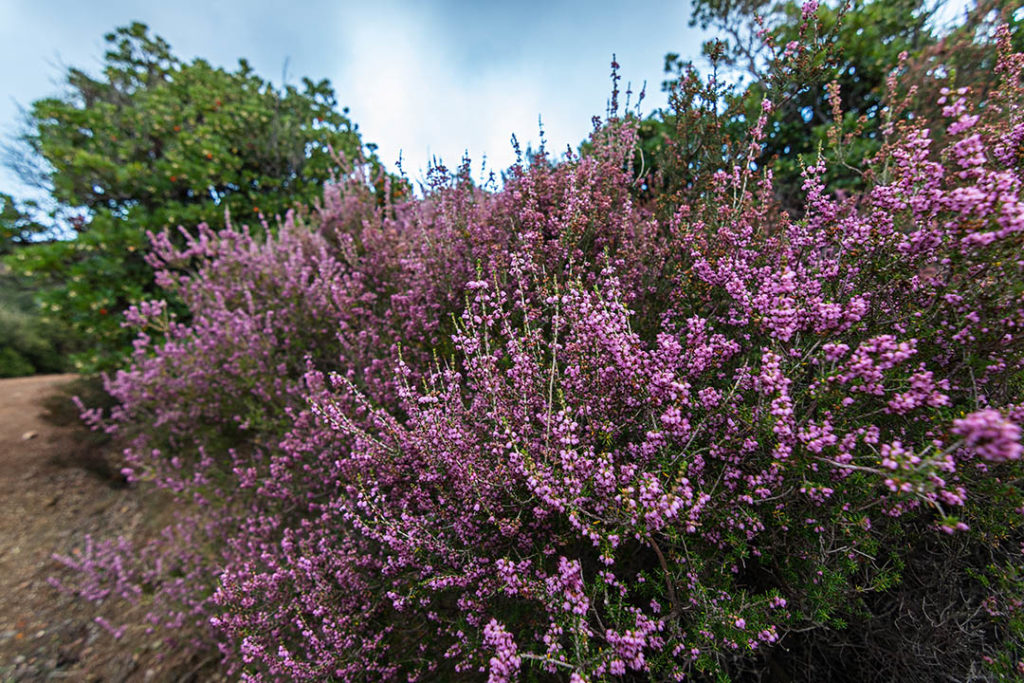
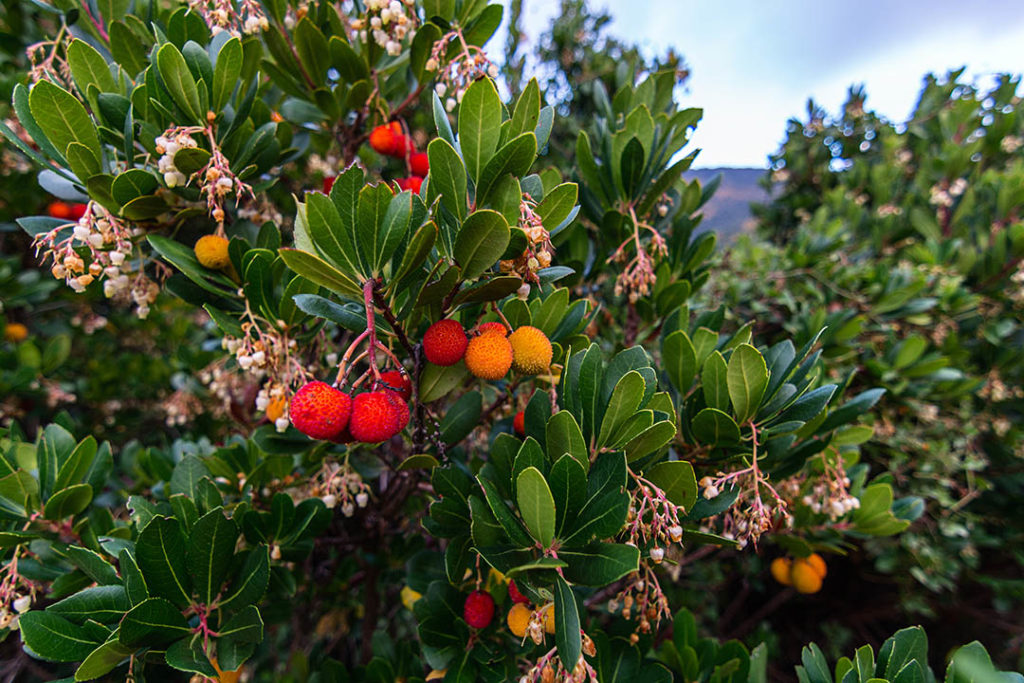
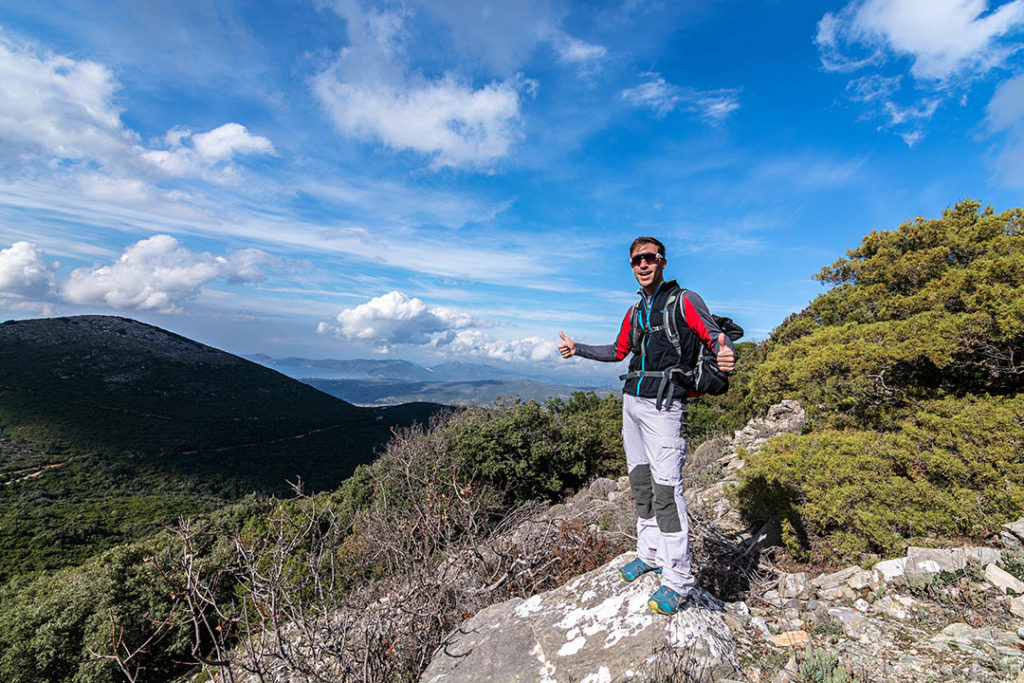
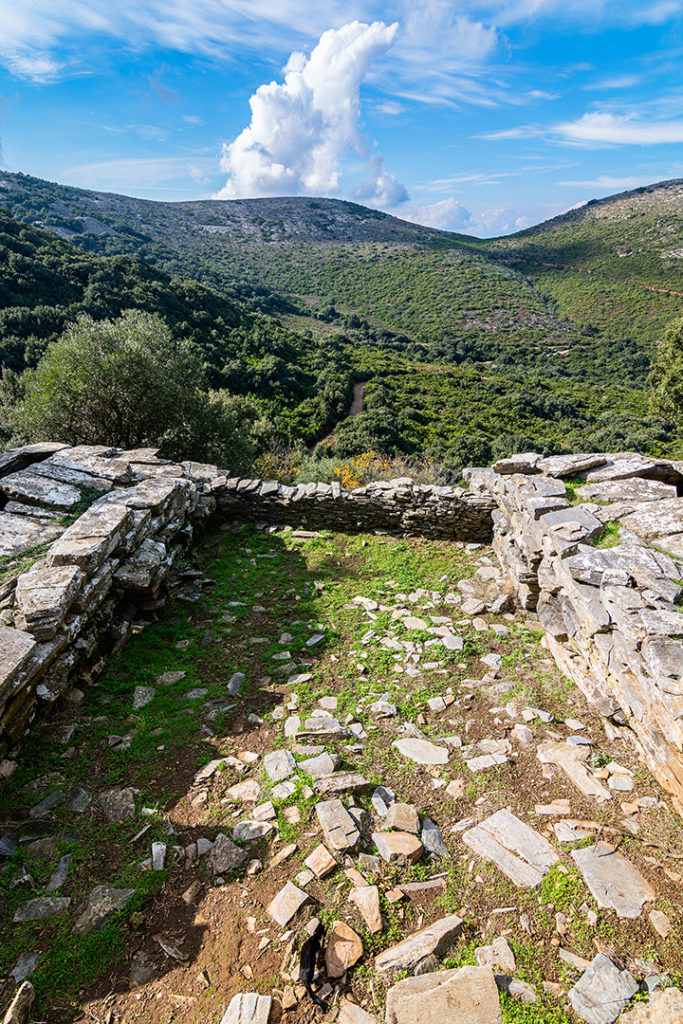
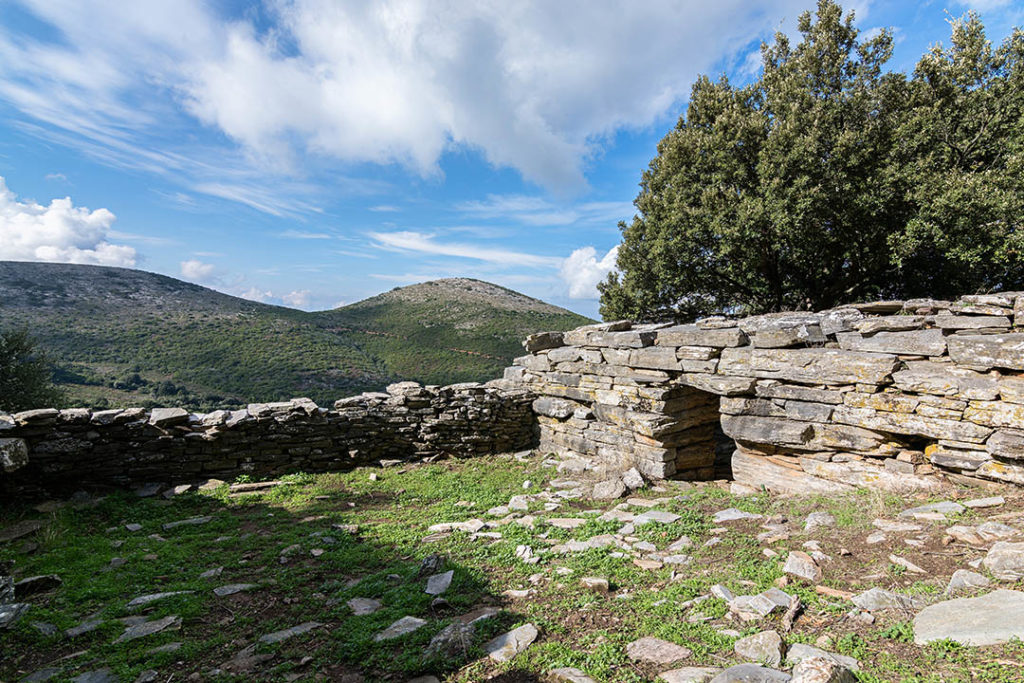
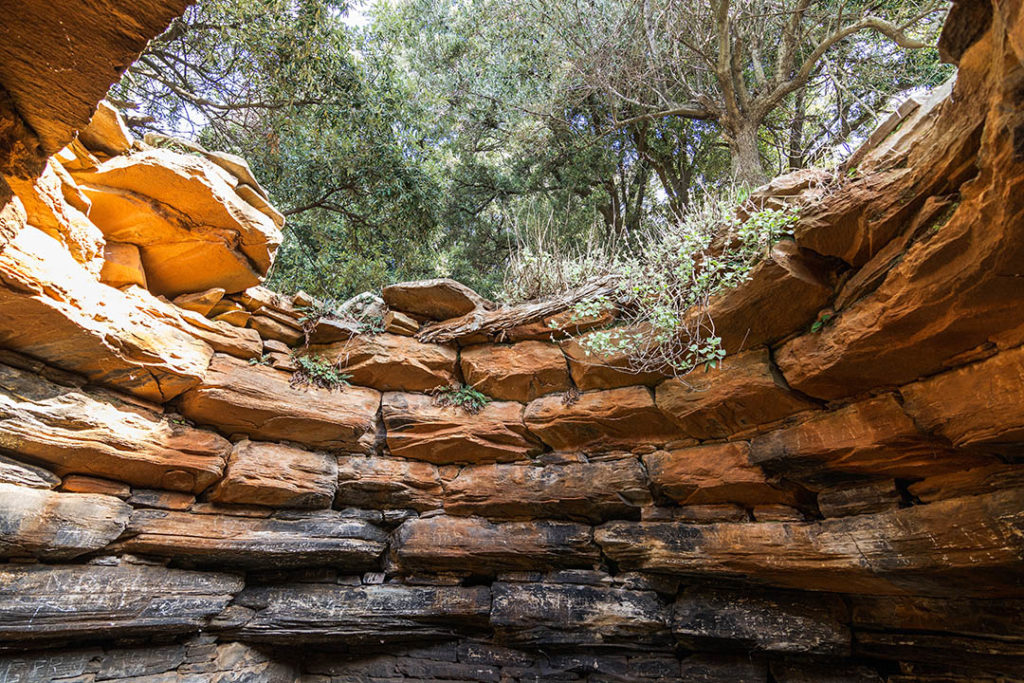

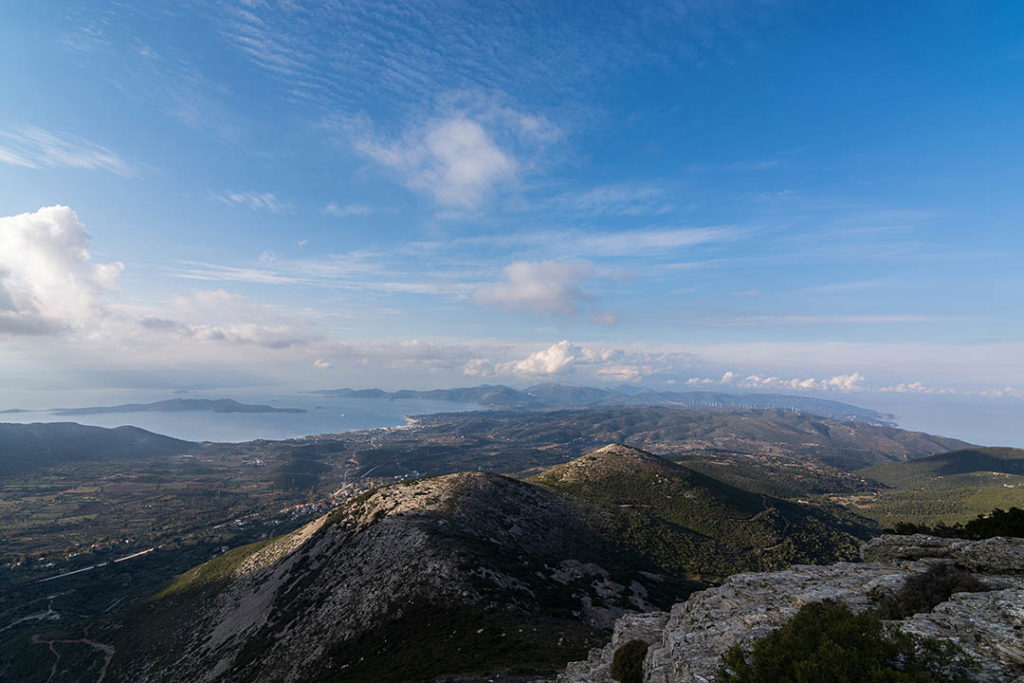
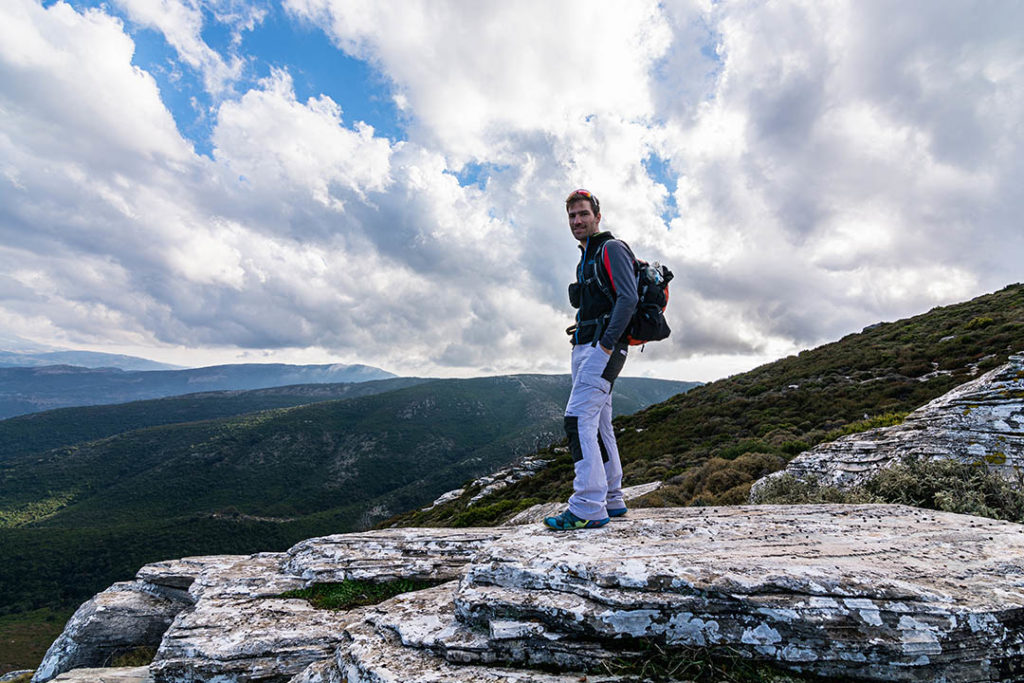

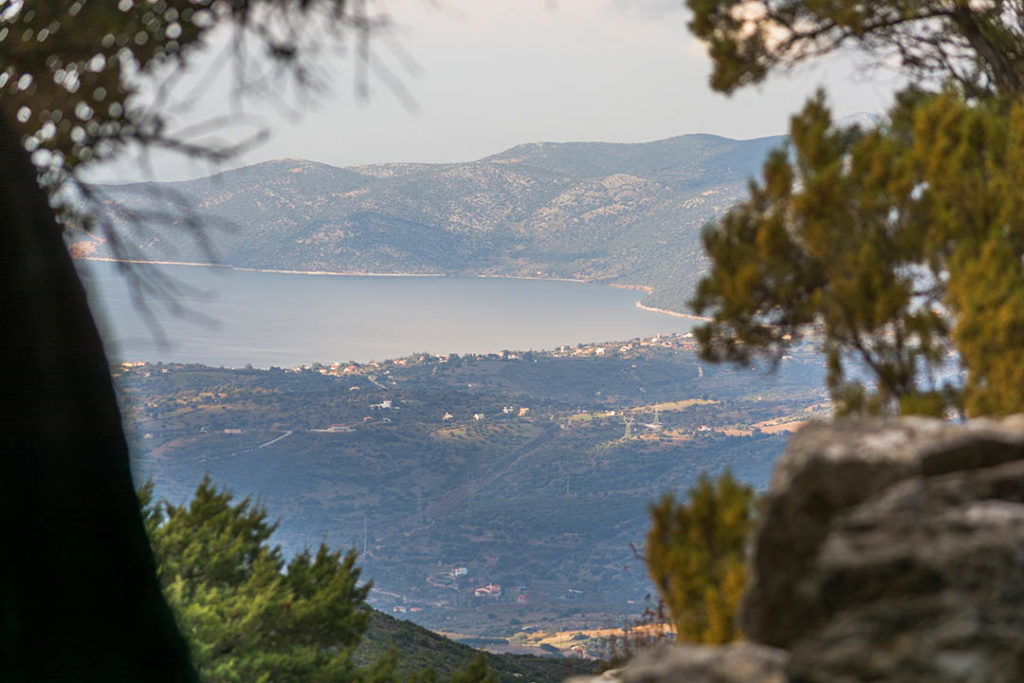
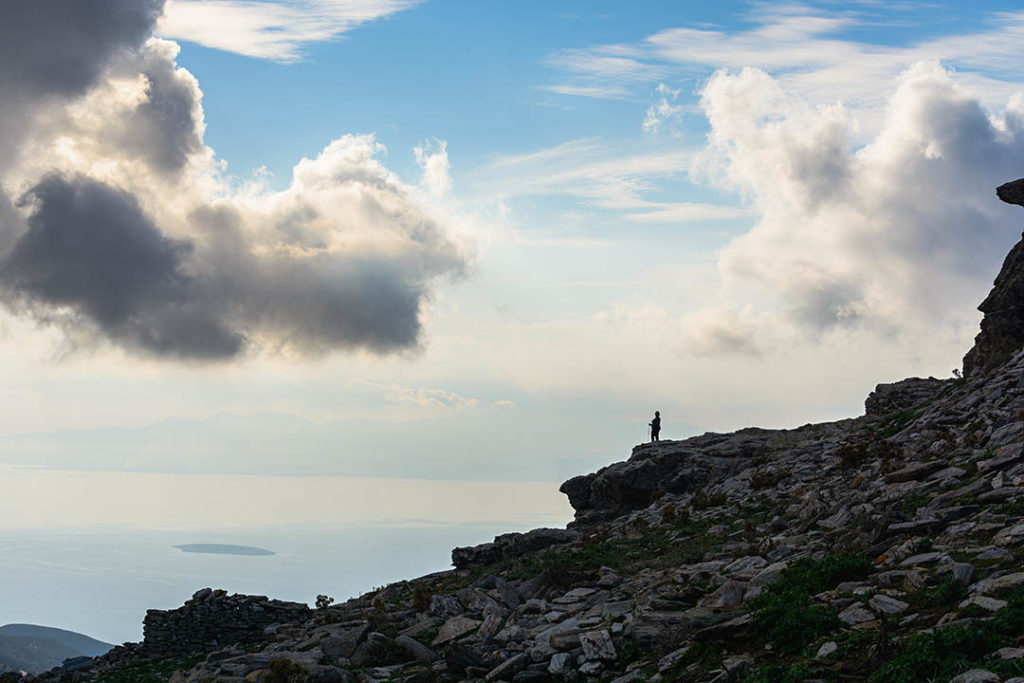
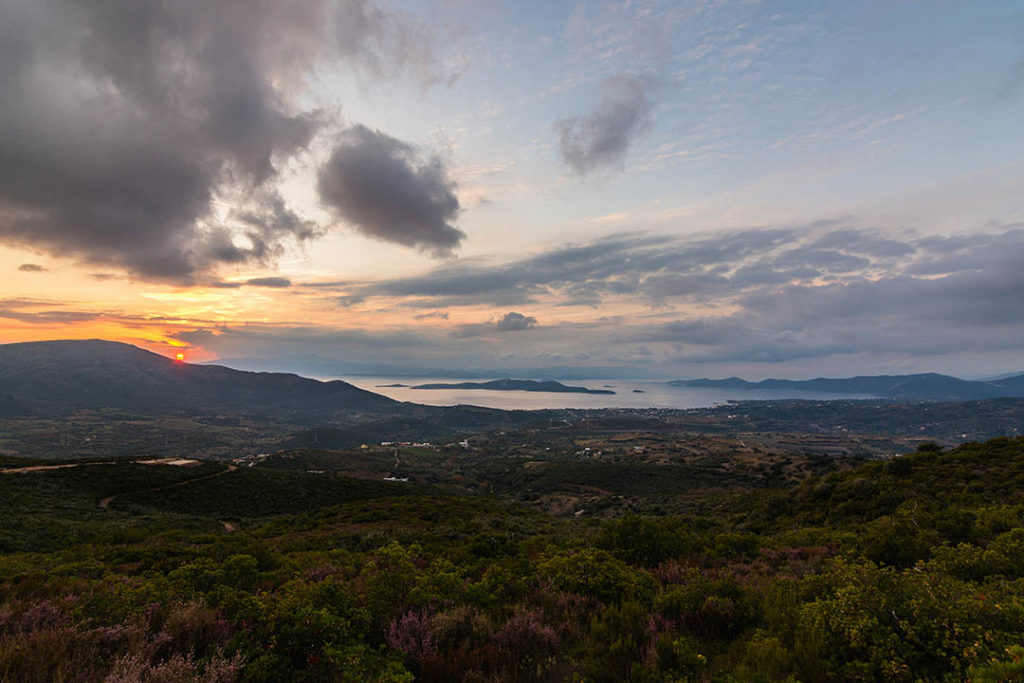
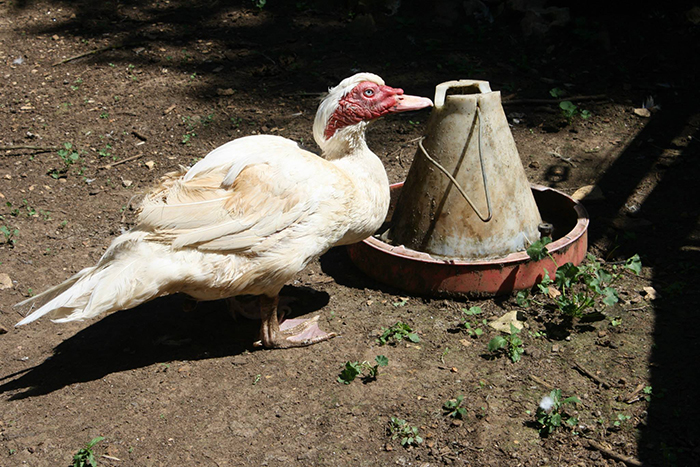

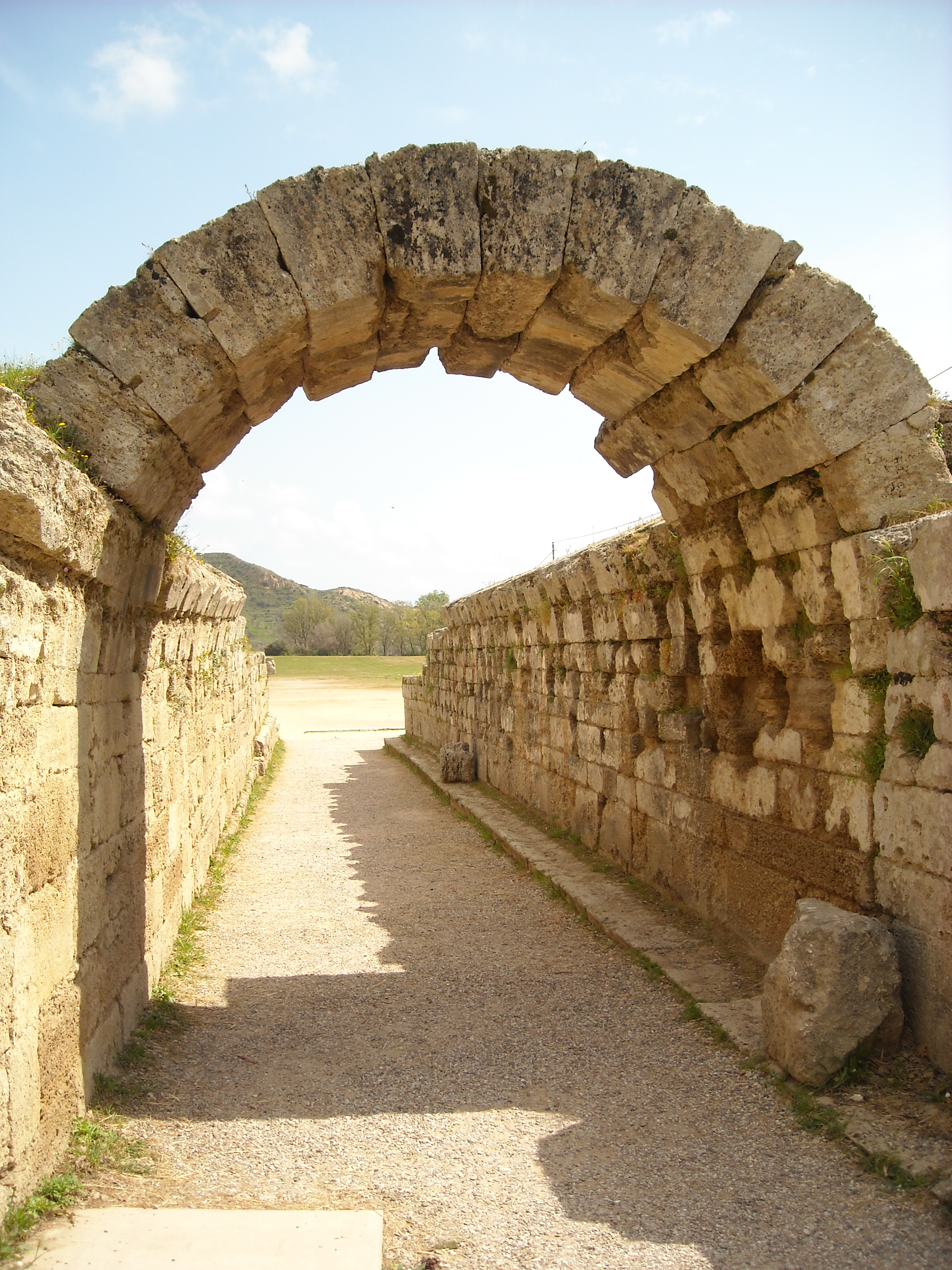

'Styra Gate and Dragon Houses of Evia Island' has no comments
Be the first to comment this post!